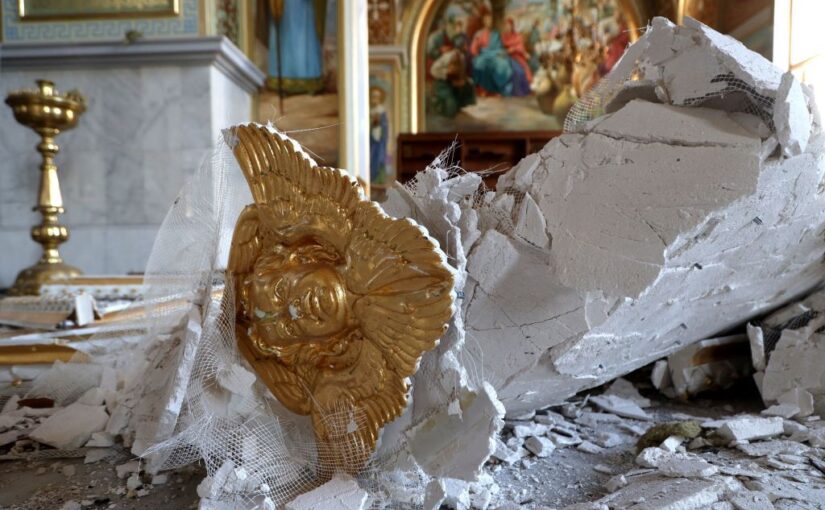(Bloomberg) — South Africa is home to many of the world’s worst emission sites for toxic nitrogen dioxide and sulfur dioxide and most of those are operated by the nation’s state power utility, according to Greenpeace.
Most Read from Bloomberg
Coal-fired power plants operated by Eskom Holdings SOC Ltd. account for five of the world’s biggest single source nitrogen-dioxide emission sites and two of the worst sulfur-dioxide sites, the environmental campaign organization said in a study, Major Air Polluters in Africa, released on Thursday. Sasol Ltd., a South African petrochemicals company, operated another of the world’s top 10 nitrogen dioxide sites, Greenpeace said.
South Africa, which relies on coal for the generation of more than 80% of its electricity, has some of the world’s worst air pollution with emission standards that, while considerably more lenient than in other major polluters China and India, are rarely enforced. Across Africa, Eskom is even more dominant in terms of the number of polluting sites it operates.
“The 10 largest nitrogen dioxide point sources identified in Africa are all thermal-power stations, nine of which are in South Africa,” Greenpeace said.
Eskom didn’t respond to a query about the findings by Greenpeace.
Still, industrial pollution on the continent extends beyond South Africa, its most developed nation.
An Ivory Coast power company rounds out the 10 top nitrogen dioxide emission sites in Africa, while Zimbabwe, Mali, Morocco and Egypt have plants emitting sulfur dioxide in the top 10 on the continent, Greenpeace said.
The pollutants cause a range of ailments ranging from respiratory disease to heart attacks, strokes and stillbirths. Exposure to nitrogen dioxide can cause permanent lung damage and contributes to acid rain, which poisons soil and slashes crop yields.
Greenpeace is a global network of organizations that campaign against environmental degradation.
(Updates with nitrogen dioxide’s health impacts in peunultimate paragraph.)
Most Read from Bloomberg Businessweek
©2024 Bloomberg L.P.
